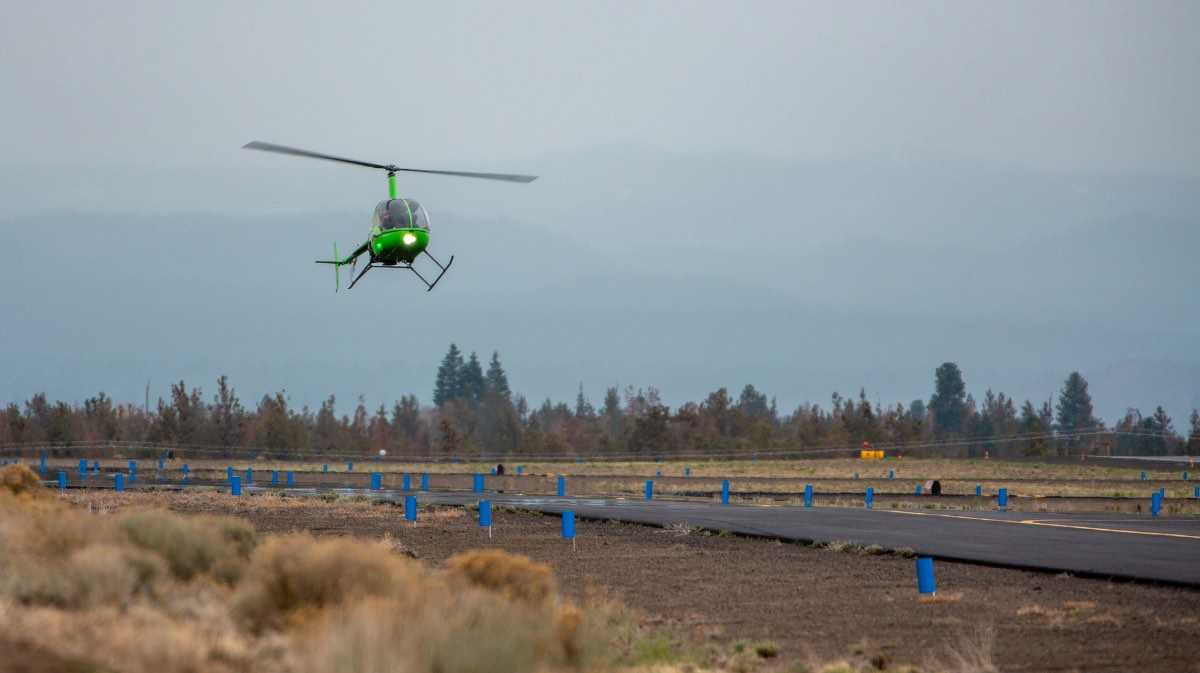
The Art of Precision: Mastering Helicopter Autorotation Techniques
Autorotation in helicopters is often illustrated as an elegant ballet of physics, skill, and precise execution. It represents one of the most critical emergency maneuvers a helicopter pilot must master. Understanding and effectively performing an autorotation means the difference between a controlled landing and a catastrophe. Here, we’ll dive into the essentials of helicopter autorotation, providing insights and tips to help both aspiring and seasoned pilots fine-tune this vital skill.
The Fundamentals of Helicopter Autorotation
At its core, helicopter autorotation is the process by which a helicopter descends safely to the ground without engine power. This maneuver relies on the aerodynamics of the rotor blades to provide lift, even in the absence of engine thrust. The key to a successful autorotation lies in the pilot’s ability to manage rotor rpm and descent rate through precise control inputs.
Understanding the Physics
The autorotation maneuver is initiated by lowering the collective to decrease lift and enter a controlled descent. The helicopter’s forward motion and airflow through the rotor system cause the blades to rotate, similar to how a windmill generates power from the wind. This rotor movement is crucial for maintaining control and eventually bringing the helicopter to a gentle landing. Pilots use the cyclic to control the rotor disk’s orientation and manage the helicopter’s glide path. At the same time, they adjust the collective to regulate rotor rpm and prepare for the final touchdown.
Mastering the Technique
- Entry: The first step in mastering autorotation is to practice the entry phase. Recognizing the need for an autorotation and promptly lowering the collective will ensure you maintain rotor speed and have sufficient control throughout the descent.
- Descent Management: Managing your descent effectively involves balancing forward airspeed and descent rate. This balance is critical for maintaining adequate rotor rpm and ensuring that you have enough energy stored in the rotor system for the flare and landing.
- The Flare: The flare phase reduces the rate of descent and forward speed in preparation for landing. Timing is critical during the flare. If executed too early, you may deplete rotor rpm too soon or too late, and you may not adequately reduce your descent rate.
- Touchdown: The final phase involves managing the collective to cushion the touchdown. The leftover energy in the rotor system slows the descent rate for a soft landing. Skilled pilots smoothly increase the collective to utilize this stored energy effectively.
Practice Makes Perfect
The key to mastering autorotation is practice. Autorotation can be unpredictable and varies greatly depending on factors such as altitude, airspeed, and weather conditions. Simulated autorotation drills under the supervision of an experienced instructor (like our students undertake) are invaluable. These exercises allow pilots to fully understand the dynamics of autorotation, recognize the cues for proper execution, and build the muscle memory required for swift, decisive actions.
Embracing Technology and Training
Advancements in flight simulation technology have significantly enhanced autorotation training. High-fidelity simulators can replicate a wide range of autorotation scenarios in a safe and controlled environment, allowing pilots to practice without the risks associated with real in-flight emergencies. Combining simulator sessions with actual flight training can deepen a pilot’s understanding and proficiency in performing autorotations.
Final Thoughts
Mastering the art of helicopter autorotation is a testament to a pilot’s skill and understanding of their aircraft. It requires a confident understanding of the physical forces at play, the helicopter’s behavior during the maneuver, and an unwavering focus under pressure. Whether you’re a novice pilot or looking to refine your autorotation skills, remember precision, practice, and a thorough understanding of the mechanics will guide you to success. Always strive for excellence in every aspect of your flight training, as mastering autorotation not only enhances your skills but also significantly increases your safety and confidence as a pilot.


